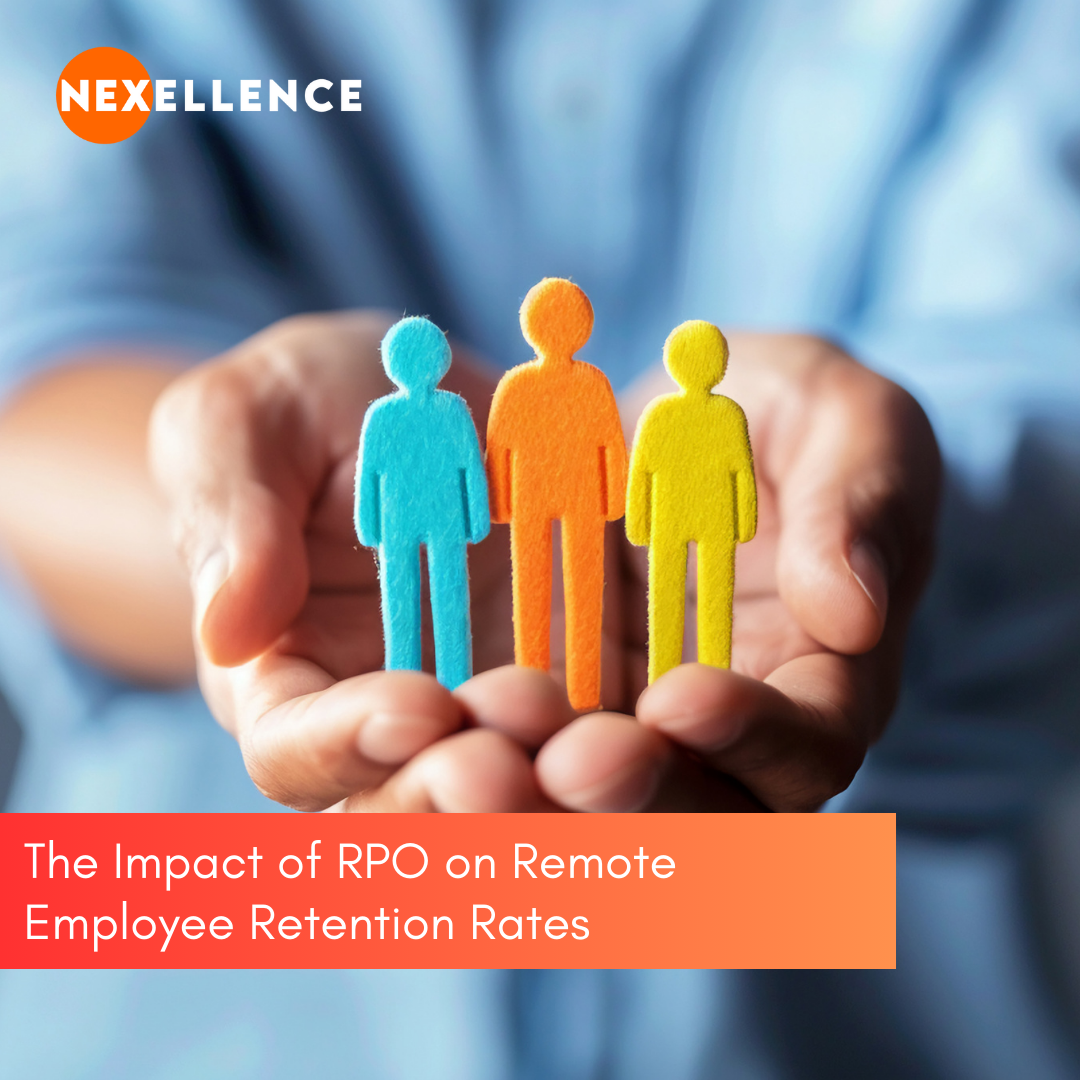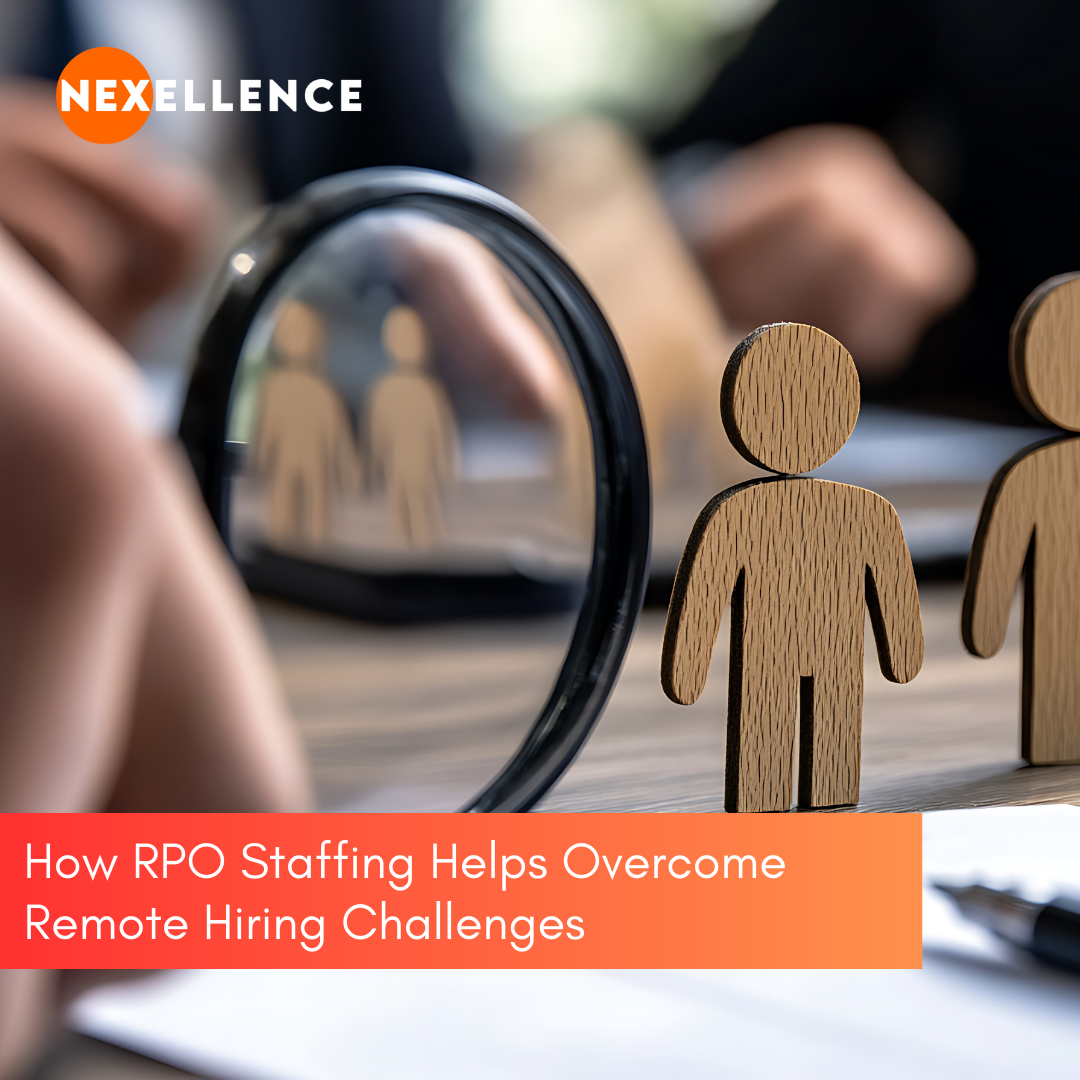In today’s interconnected world, diversity and inclusion (D&I) have become critical components of organizational success and sustainability. Embracing diversity and fostering an inclusive workplace culture not only enhances employee engagement and satisfaction but also drives innovation, creativity, and business performance. In this blog post, we’ll delve into the importance of diversity and inclusion in the workplace and explore strategies for cultivating a diverse and inclusive organizational culture.
Key Strategies for Cultivating Diversity and Inclusion
- Leadership Commitment: Senior leaders play a crucial role in championing diversity and inclusion initiatives and setting the tone for the organization. Leadership commitment is essential for driving cultural change, allocating resources, and holding stakeholders accountable for advancing D&I goals.
- Diverse Hiring Practices: Implementing inclusive recruitment and hiring practices is vital for attracting and retaining diverse talent. This includes proactive outreach to underrepresented groups, eliminating bias from job descriptions and interview processes, and ensuring diverse candidate slates and selection panels.
- Training and Education: Providing diversity and inclusion training for employees at all levels of the organization helps raise awareness, build empathy, and foster inclusive behaviors. Training topics may include unconscious bias awareness, cultural competency, allyship, and respectful communication.
- Employee Resource Groups (ERGs): Establishing Employee Resource Groups (ERGs) or affinity groups provides a platform for employees from diverse backgrounds to connect, share experiences, and advocate for inclusion. ERGs contribute to a sense of belonging and community within the organization and serve as valuable resources for driving cultural change.
- Inclusive Policies and Practices: Reviewing and revising organizational policies and practices to ensure they are equitable and inclusive is essential. This includes policies related to recruitment, promotion, compensation, flexible work arrangements, and accommodations for employees with disabilities.
- Leadership Development and Mentoring: Investing in leadership development programs and mentorship initiatives for underrepresented employees helps cultivate diverse talent pipelines and support career advancement opportunities. Providing mentorship and sponsorship from senior leaders can help address barriers to progression and foster a culture of inclusion.
- Continuous Feedback and Evaluation: Regularly soliciting feedback from employees and conducting assessments of diversity and inclusion efforts are critical for measuring progress and identifying areas for improvement. Establishing metrics and benchmarks for tracking D&I outcomes helps hold the organization accountable and drive continuous improvement.
Creating a truly diverse and inclusive workplace requires ongoing commitment, collaboration, and action from all levels of the organization. By embracing diversity, fostering inclusion, and championing equity, organizations can harness the full potential of their diverse talent and create a culture where everyone thrives.
Let’s work together to cultivate a workplace where diversity is celebrated, inclusion is the norm, and every individual feels valued, respected, and empowered to succeed.





